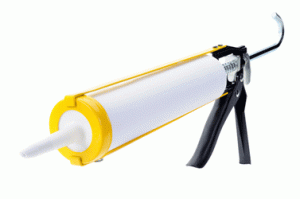How to Find Air Leaks in Your Home Envelope
The cooling season in our region is just around the corner, so it’s important to plan ahead for energy savings. Before you turn your air conditioner back on, look for air leaks in your home envelope. You may not know it, but most homes develop cracks and leaks over time as they shift and sag on their foundations. If the leaks aren’t sealed, you will allow your conditioned air to seep out and unconditioned air to leak in.
The first job is to find where air is leaking. Here are a couple of methods to consider.
Professional Energy Evaluation
The best way to find where air is leaking is to schedule a home energy evaluation. This usually involves a blower door test, with a powerful fan mounted in an exterior door, then turned on to lower air pressure inside the home. Air leaks can then be detected by means of a smoke pencil. A professional energy auditor might also use a thermographic scan along with the blower door test. Infrared detecting equipment is used to detect heat variations. Air leakage during a blower door test would show up as black streaks on the thermograms.
Do-it-Yourself Evaluation
The most obvious way to find where your home is leaking air is to walk around and feel for drafts. Check around windows, doors, vents, recessed lighting, attic hatches, baseboards, light switches, electric outlets, holes for pipes, cables and wires, faucets and at the junctures of walls and ceilings. You can also use a smoke pencil to detect these leaks.
Fix Air Leaks
Most homeowners are capable of fixing air leaks themselves. Use caulk or weather stripping on cracks around door and window frames and baseboards. Insulate attic hatches and recessed lighting. Install a door sweep if exterior doors allow drafts inside the home. Install foam gaskets behind light switch plates and plates for electric plugs. Insulate around the holes in the wall for pipes, cables and wiring.
To learn more about detecting air leaks, contact NisAir Air Conditioning and Heating. We serve Martin, Palm Beach and Indian River counties.

